Find Help
More Items From Ergsy search
-
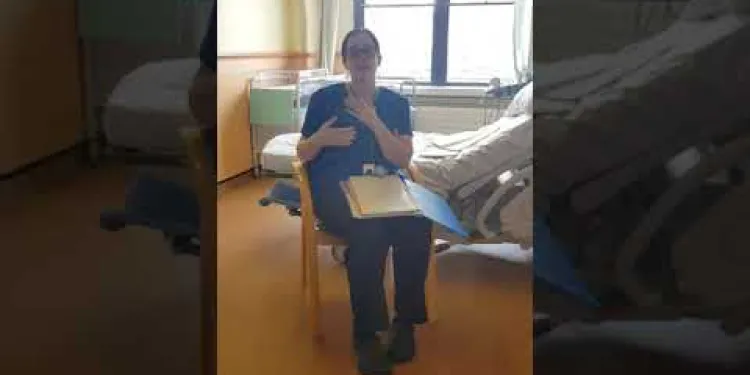
Breasts and Mastitis
Relevance: 100%
-
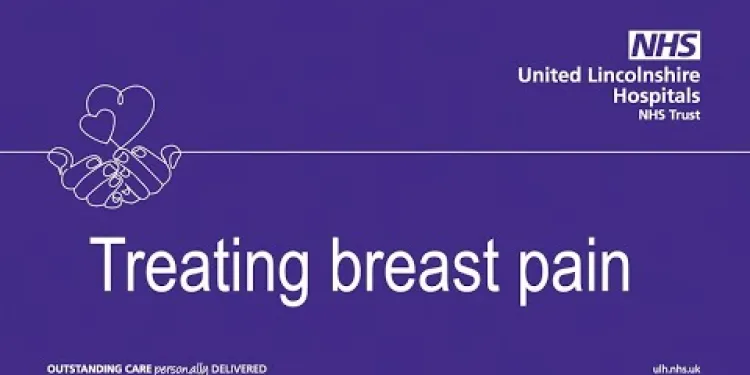
Treating breast pain | United Lincolnshire Hospitals NHS Trust
Relevance: 43%
-

What is Breast augmentation?
Relevance: 40%
-
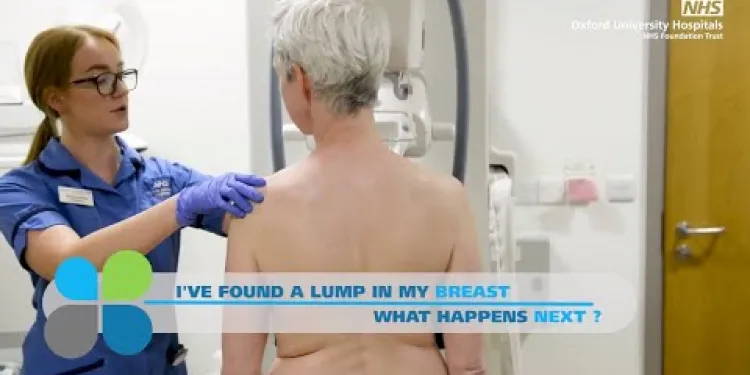
I've found a lump in my breast - What happens next? The breast diagnostic clinic
Relevance: 39%
-

AI Breast Cancer Screening in the UK
Relevance: 38%
-
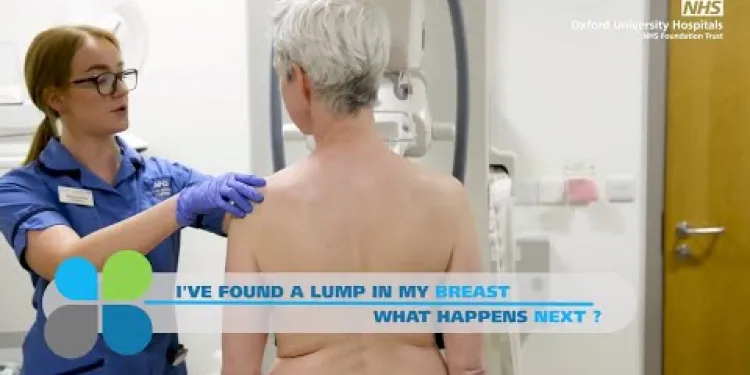
I've found a lump in my breast - What happens next? The breast diagnostic clinic
Relevance: 38%
-

NHS breast cancer screening
Relevance: 38%
-
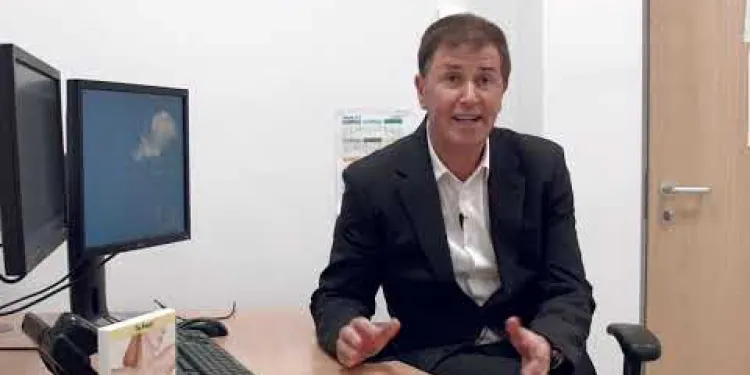
Evidence-Based Interventions: breast reduction
Relevance: 38%
-
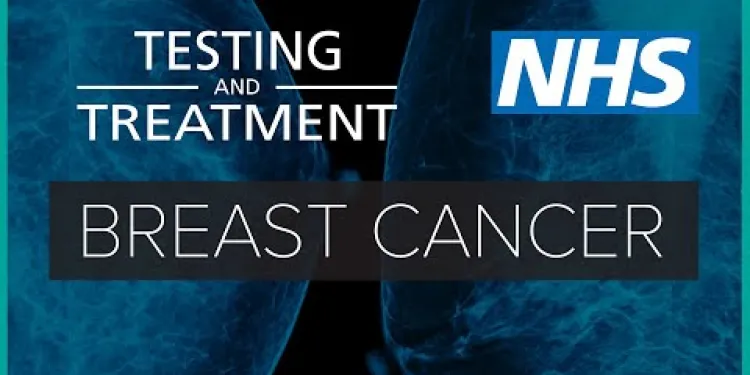
Breast cancer: testing and treatment | NHS
Relevance: 37%
-

Tower Hamlets breast screening programme
Relevance: 36%
-
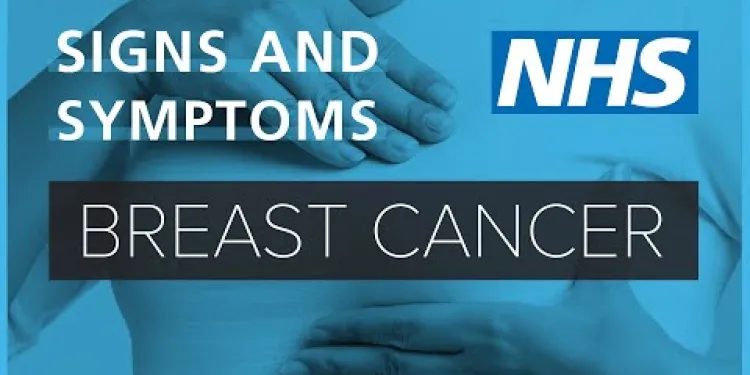
About Breast cancer - signs and symptoms | NHS
Relevance: 36%
-
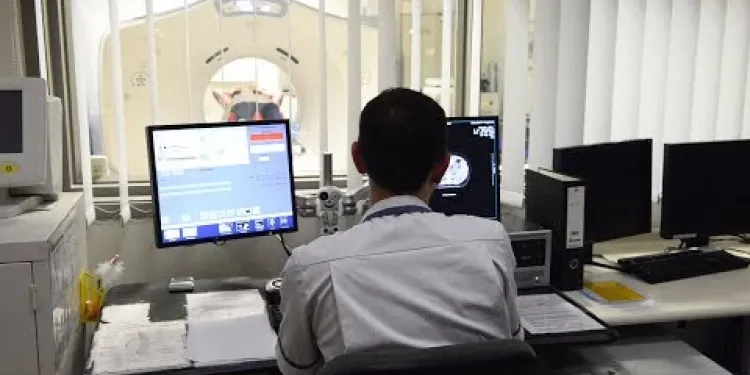
Having radiotherapy for breast cancer - 3 Videos
Relevance: 36%
-
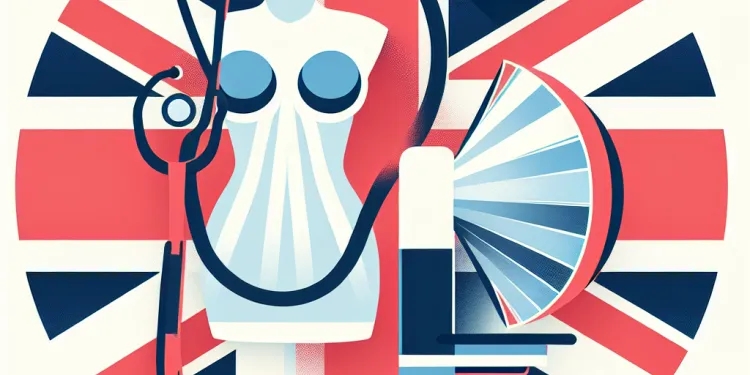
Can I have a mammogram if I have breast implants?
Relevance: 35%
-
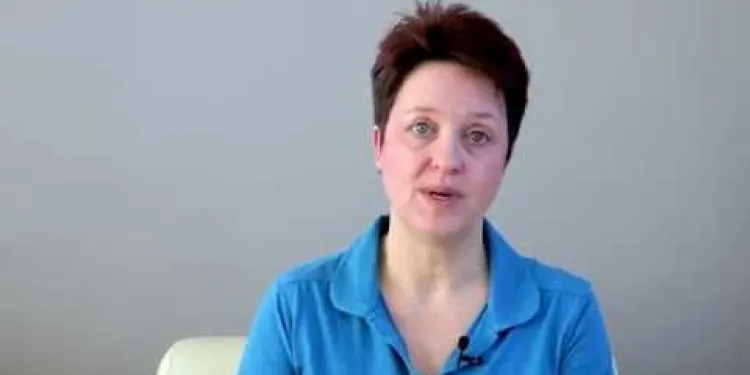
Other Things You Need to Know About Breast Screening
Relevance: 34%
-

Is a mammogram painful?
Relevance: 21%
-

Can men have mammograms?
Relevance: 19%
-

What are the benefits of regular mammograms?
Relevance: 19%
-
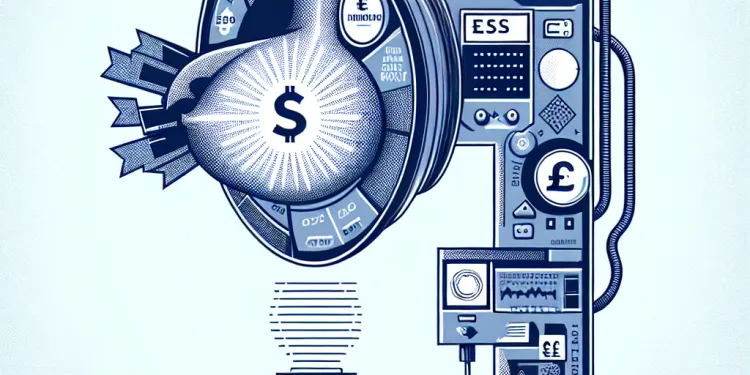
How reliable are mammograms?
Relevance: 18%
-
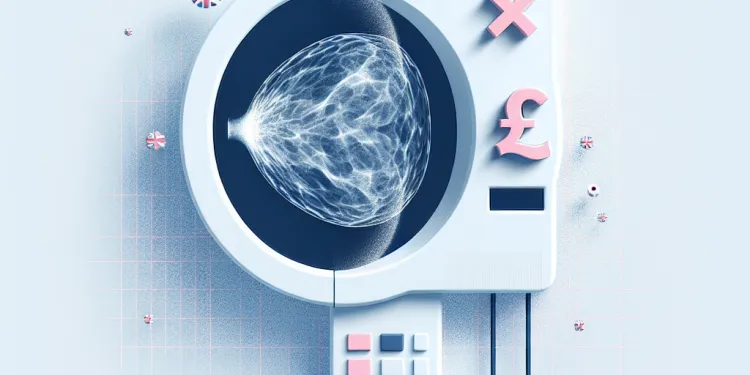
What happens during a mammogram?
Relevance: 18%
-
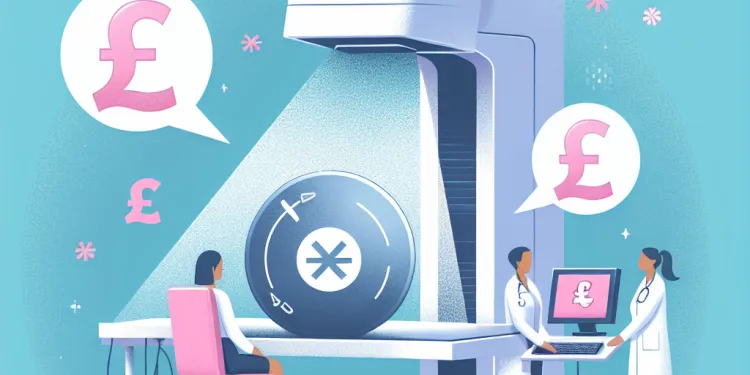
Are there any risks associated with mammograms?
Relevance: 18%
-
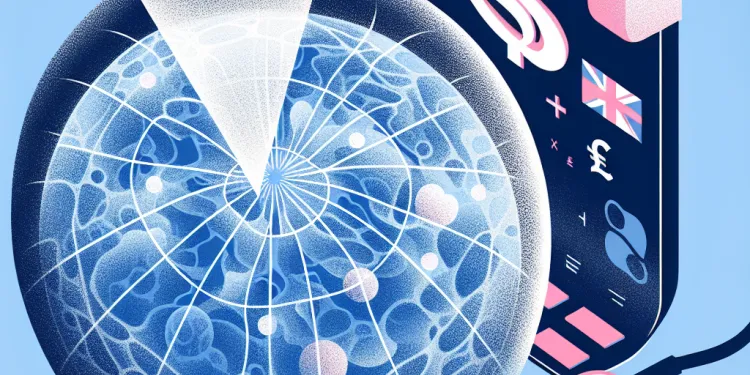
What is a mammogram?
Relevance: 17%
-
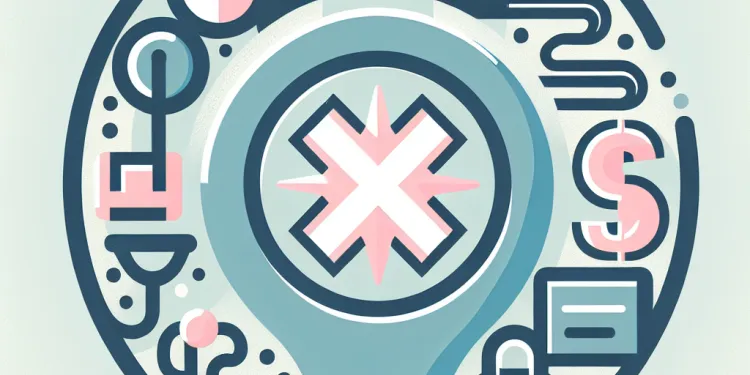
How often should I get a mammogram?
Relevance: 17%
-

Mammograms
Relevance: 17%
-

Are mammograms free on the NHS?
Relevance: 17%
-

What if my mammogram results are abnormal?
Relevance: 17%
-
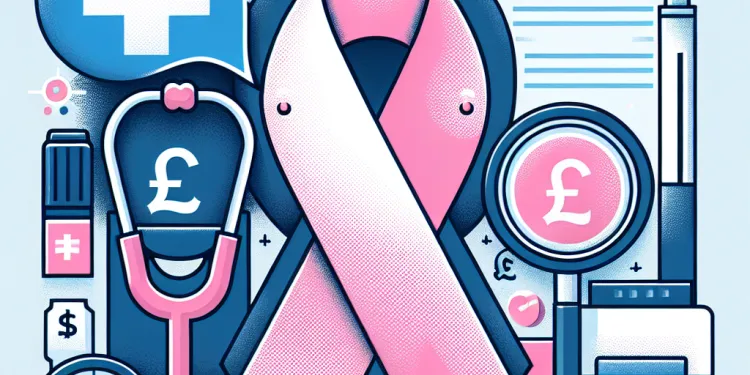
At what age should I start having mammograms?
Relevance: 16%
-
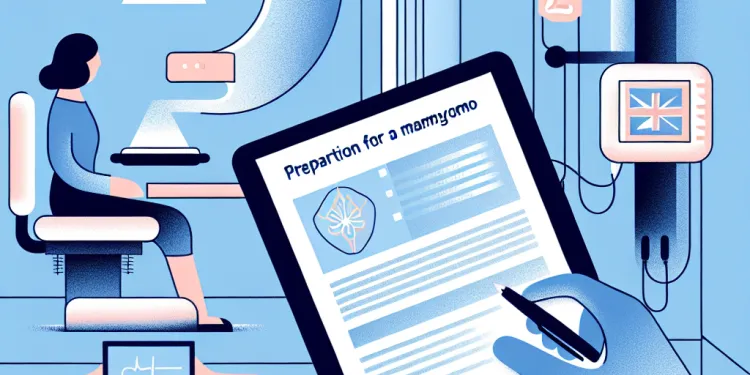
How do I prepare for a mammogram?
Relevance: 16%
-
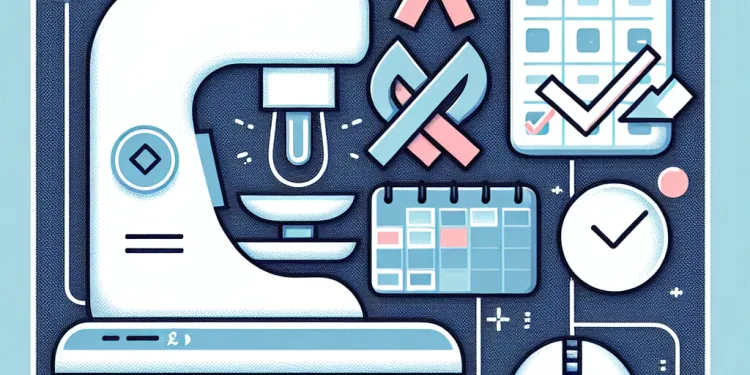
How do I book a mammogram?
Relevance: 13%
-
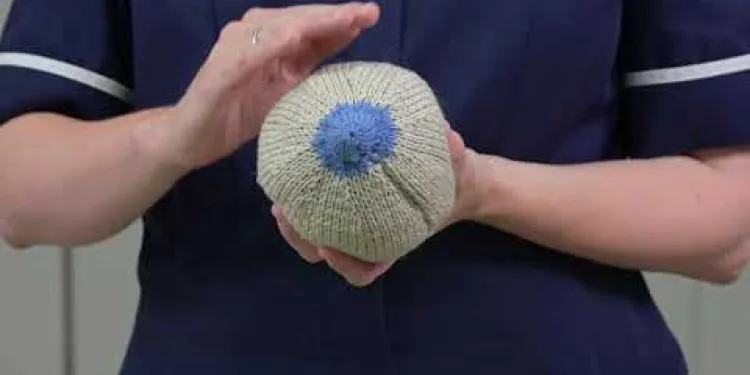
Hand expressing
Relevance: 13%
-
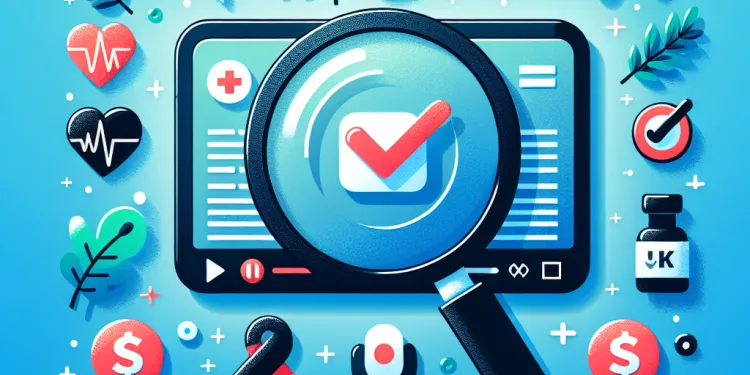
Health Screenings You Should Know About
Relevance: 12%
-
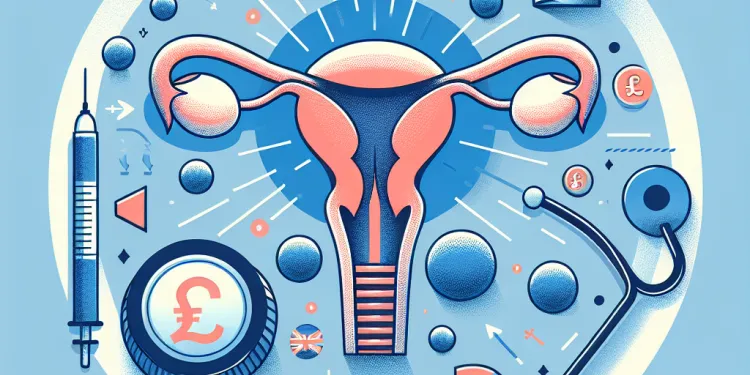
What are the symptoms of testicular cancer?
Relevance: 10%
-

Raising awareness of ovarian cancer
Relevance: 8%
-
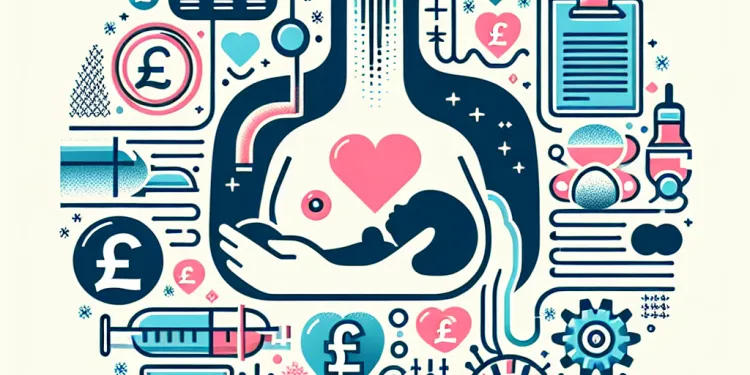
Can I breastfeed immediately after a Caesarean section under spinal anaesthesia?
Relevance: 7%
-
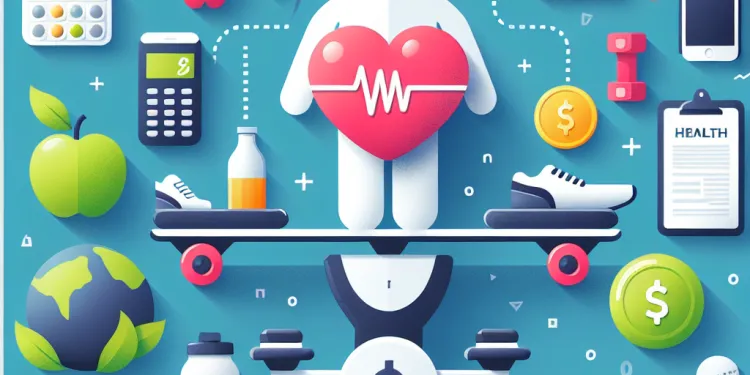
What health risks are associated with obesity?
Relevance: 7%
-
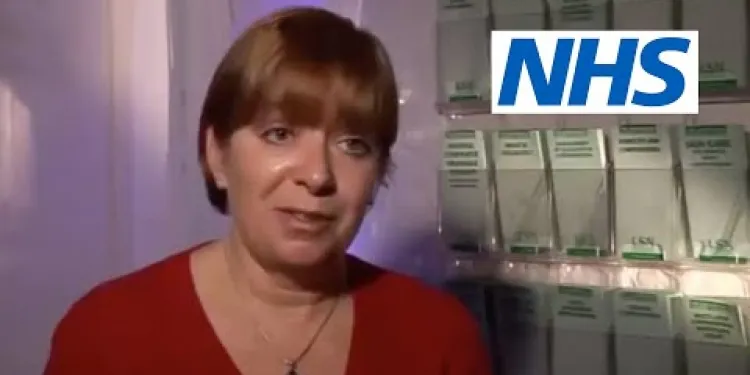
Lymphoedema: Philippa's story | NHS
Relevance: 7%
-
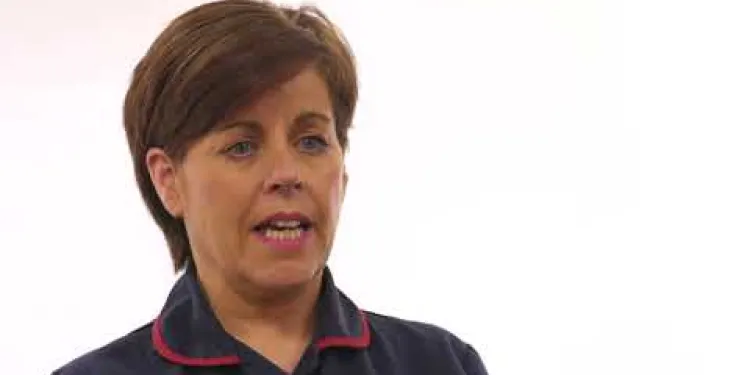
Ovarian Cancer
Relevance: 7%
-
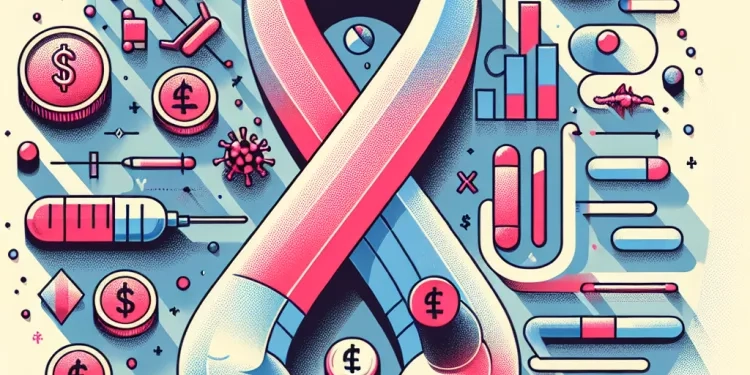
How is HIV transmitted?
Relevance: 7%
-
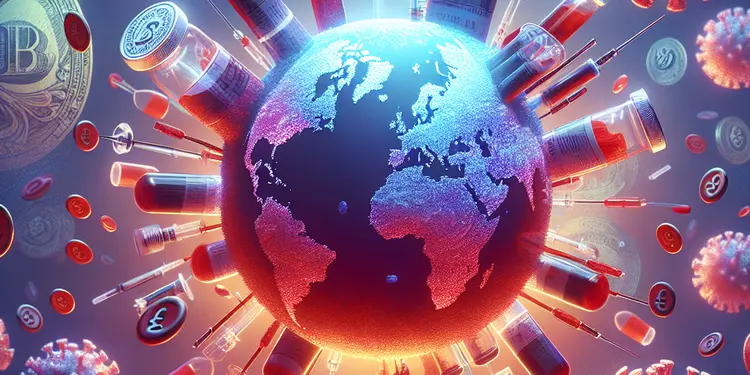
Can cytomegalovirus (CMV) be spread through transfusions?
Relevance: 7%
-

How do I treat my child's cold? (9 - 30 months) | NHS
Relevance: 7%
-

What is HIV?
Relevance: 7%
Breasts and Mastitis: Understanding and Managing the Condition
Understanding Breasts
Breasts are complex and essential parts of the female anatomy, primarily composed of glandular tissue, fatty tissue, and connective tissue. They contain lobules (milk-producing glands) and ducts (tubes that carry milk to the nipple). The development of breasts typically begins during puberty under the influence of hormones such as estrogen and progesterone. Beyond their role in breastfeeding, breasts also have significant implications for a woman's self-image and overall health.What is Mastitis?
Mastitis is an inflammation of breast tissue, which can affect both breastfeeding and non-breastfeeding women, although it is most common in the former group. The condition often results from a bacterial infection, leading to painful, red, and swollen breasts. The primary cause of mastitis in breastfeeding women is milk stasis, which occurs when milk is not properly emptied from the breast. This can create an environment where bacteria, typically from the baby's mouth or the skin, can grow and cause infection.Symptoms of Mastitis
Women experiencing mastitis often notice several symptoms, including: - A painful area in one breast - Swelling and redness - Fever and chills - A sensation of warmth in the affected area - Flu-like symptoms, such as fatigue Early diagnosis and treatment are essential to managing these symptoms effectively.Preventing and Treating Mastitis
Prevention of mastitis involves good breastfeeding practices, such as ensuring proper latch and regularly emptying the breasts. Here are some practical steps: - Alternate breastfeeding positions to ensure complete breast drainage. - Avoid tight bras or restrictive garments that can impede milk flow. - Stay hydrated and ensure proper nutrition to support the immune system. Treatment typically involves: - Continued breastfeeding or expressing milk to relieve engorgement. - Applying warm compresses to the affected area to alleviate pain. - Rest and adequate fluid intake to aid recovery. - Antibiotic therapy may be prescribed by a healthcare professional if a bacterial infection is confirmed. It's crucial for women in the UK to consult their GP or a lactation consultant if they suspect mastitis. Early intervention can prevent complications and promote a swift recovery.Breasts and Mastitis: Understanding and Managing the Condition
Understanding Breasts
Breasts are important parts of a woman's body. They are made of different tissues, including glandular, fatty, and connective tissue. Breasts have lobules, which make milk, and ducts, which are tubes that carry milk to the nipple. Breasts start developing during puberty because of special chemicals in the body called hormones. These hormones are estrogen and progesterone. Breasts are important for feeding babies and also affect how women feel about their bodies and health.What is Mastitis?
Mastitis means the breast tissue is swollen and painful. It can happen to women who are breastfeeding and those who are not, but it is more common in those who are breastfeeding. Mastitis is often caused by bacteria, which can make the breast sore, red, and swollen. For women who breastfeed, mastitis usually happens when milk is not fully removed from the breast. When milk stays in the breast, it can give bacteria a place to grow and lead to an infection.Symptoms of Mastitis
If a woman has mastitis, she may have: - A sore spot on one breast - Swelling and redness - Fever and chills - Warm feeling in that part of the breast - Flu-like feelings, like being very tired Seeing a doctor early is important to help with these symptoms.Preventing and Treating Mastitis
To stop mastitis from happening, it's good to practice healthy breastfeeding habits. Here are some tips: - Change breastfeeding positions to help empty the breasts completely. - Do not wear tight bras or clothes that can stop milk flow. - Drink plenty of water and eat well to keep healthy. For treating mastitis: - Keep breastfeeding or use a pump to keep milk flowing and reduce swelling. - Put warm cloths on the sore part to help with pain. - Rest and drink fluids to get better. - If a doctor thinks there is an infection, they may give antibiotics. Women in the UK should talk to their doctor or a breastfeeding specialist if they think they have mastitis. Getting help early can stop problems and help women get better quickly.Frequently Asked Questions
What is mastitis?
Mastitis is an inflammation of breast tissue that can involve an infection. It results in breast pain, swelling, warmth, and redness. In some cases, it can cause flu-like symptoms such as fever and chills.
What causes mastitis?
Mastitis is often caused by blocked milk ducts or bacteria entering the breast. Breastfeeding women are most commonly affected, but it can also occur in non-breastfeeding women.
What are the symptoms of mastitis?
Symptoms of mastitis include breast tenderness or warmth to the touch, general malaise, breast swelling, pain or a burning sensation continuously or while breastfeeding, skin redness, and fever.
How is mastitis diagnosed?
A doctor can usually diagnose mastitis based on a physical examination and symptoms. In some cases, additional tests such as milk cultures or ultrasounds may be conducted to rule out other conditions.
Can mastitis affect breastfeeding?
Yes, mastitis can make breastfeeding very painful. However, it is generally recommended to continue breastfeeding or expressing milk to help clear the infection.
What is the treatment for mastitis?
Treatment typically involves antibiotics to clear the infection, pain relievers to reduce discomfort, and continued breastfeeding or milk expression to clear blocked ducts. Warm compresses and proper breastfeeding techniques may also help.
Is it safe to breastfeed while having mastitis?
Yes, it is safe and often beneficial to continue breastfeeding. It helps keep milk flowing and can help clear the infection more quickly.
How can mastitis be prevented?
Preventive measures include ensuring proper latch during breastfeeding, fully draining the breast during feeds, avoiding long gaps between feeds, and using different breastfeeding positions.
What should I do if I suspect I have mastitis?
You should contact your GP or a breastfeeding specialist. Early treatment is important to prevent complications.
Can mastitis recur?
Yes, mastitis can recur, especially if the underlying issues that caused it initially are not addressed. Ongoing proper breastfeeding techniques and regular breast care are important to prevent recurrence.
Is mastitis common among breastfeeding women?
Yes, mastitis is relatively common among breastfeeding women, particularly within the first few months postpartum.
Can women who are not breastfeeding get mastitis?
Yes, although it is less common, women who are not breastfeeding can also develop mastitis due to other factors such as nipple injury, wearing tight clothing, or underlying breast conditions.
Can mastitis lead to more serious complications?
If left untreated, mastitis can lead to an abscess, which is a collection of pus within the breast. This usually requires drainage and, in severe cases, surgery.
What lifestyle changes can help manage mastitis?
Maintaining good breastfeeding techniques, staying hydrated, resting, wearing loose-fitting clothing, and ensuring proper breast hygiene can help manage and prevent mastitis.
When should I seek medical help for mastitis?
You should seek medical help if you have persistent symptoms despite self-care measures, a high fever, or if you suspect an abscess or are unable to continue breastfeeding due to pain.
What is mastitis?
Mastitis is when the breast gets sore and red. It can happen when you are breastfeeding. It may hurt and feel warm.
What can you do?
- Talk to a doctor or nurse. They can help you feel better.
- Use warm or cold packs on your breast. This can help with the pain.
- Rest and drink lots of water.
- Keep breastfeeding or pumping to help clear the milk.
If you find reading hard, ask someone to read with you or use an app to read the words out loud.
Mastitis is when your breast gets sore and swollen. It can also mean you have an infection. This makes your breast hurt, get warm, and turn red. Sometimes, it can make you feel like you have the flu, with a fever and chills.
What makes mastitis happen?
Mastitis is when the breast gets sore and swollen. It can happen if milk builds up in the breast and causes an infection.
Here are some reasons mastitis might happen:
- The baby is not latching on properly.
- Breastfeeding is not often enough.
- Wearing tight bras.
To help, you can try:
- Making sure the baby latches on well.
- Feeding the baby more often.
- Wearing loose clothing.
If you are worried, talk to a doctor or a nurse.
Mastitis can happen when milk gets stuck in the breast or germs get inside. It usually happens to moms who are breastfeeding, but it can happen to other women too.
What are the signs of mastitis?
Mastitis is when the breast gets swollen and sore. Here’s what you might feel or see if you have mastitis:
- Red or hot spots on the breast
- Pain or soreness in the breast
- A lump or hard area in the breast
- Feeling tired or run-down
- Fever or chills
If these signs show up, it’s good to see a doctor. They can help you feel better.
Try using warm cloths on the sore area or get rest to help with the pain. Drinking lots of water can also be helpful.
If you have mastitis, you might feel:
- Your breast is sore or warm.
- You feel sick or tired.
- Your breast is swollen.
- Your breast hurts or burns, especially when feeding your baby.
- Your skin looks red.
- You have a fever.
It might help to use a warm cloth on your breast or rest as much as you can if you have these symptoms. Always talk to a doctor if you feel very unwell.
How do doctors know if you have mastitis?
A doctor can often find out if you have mastitis by looking at you and asking about your symptoms. Sometimes, the doctor might do extra tests, like checking your milk or using a special machine to see inside your body. This helps make sure it is not something else.
Can Mastitis Affect Breastfeeding?
Mastitis is a problem that can make your breast feel sore and swollen. This can happen when you are breastfeeding. It might make it harder for you to feed your baby. If you think you have mastitis, it is important to get help from a doctor.
Here are some tips to help you if you have mastitis:
- Rest when you can, because your body needs to heal.
- Drink lots of water to stay healthy.
- You can use a warm cloth on your breast to feel better.
- Keep breastfeeding or pumping to keep the milk flowing.
If you find it hard to read or remember things, you can ask someone to read or talk about this with you. They can help you understand and make a plan for what to do next.
Mastitis is when your breasts hurt a lot. It can make breastfeeding very painful. But you should keep breastfeeding or pumping milk. This helps make the infection go away.
How do you treat mastitis?
When you are sick, doctors usually give you medicine called antibiotics to make you better. You might also take pain medicine if it hurts. Keep feeding your baby or pumping milk to help clear any blockages.
You can use a warm cloth on the sore spot, and learn how to feed your baby in a comfy way. This can help make everything feel better.
Is it okay to breastfeed if you have mastitis?
Mastitis is when your breast gets sore and swollen. It can make you feel sick. If you have mastitis, you can still breastfeed your baby. It is okay and can help you feel better. The milk is safe for your baby.
If you feel unwell, ask someone you trust, like a doctor or nurse, for help. They can give you advice on what to do.
Here are some helpful tips:
- Feed your baby often to keep milk flowing.
- Try different positions when feeding your baby.
- Warm a cloth and place it on your breast to help with pain.
- Always drink lots of water and rest when you can.
Yes, it is safe to keep breastfeeding. It is good because it helps the milk keep flowing, and can make the infection get better faster.
How can you stop mastitis?
Mastitis is when your breast gets sore and red. Here are some simple ways to help stop it:
- Let your baby drink milk often from both breasts.
- Make sure your baby is latched on correctly.
- Change the breastfeeding position sometimes.
- If your breast feels full, take some warm showers or use a warm cloth.
- Wear a bra that fits well and is not too tight.
If you need help, ask a nurse or doctor. You can also talk to a breastfeeding expert. They can give you more tips.
To help stop problems when breastfeeding, try these tips:
- Make sure your baby is drinking well. This means latching on the right way.
- Let your baby drink from one side until it's empty.
- Don't wait too long between feeding times.
- Try sitting or lying in different ways when feeding your baby.
If you need help, you can use tools like breastfeeding pillows, or ask a nurse or counselor for advice.
What to Do If You Think You Have Mastitis
If you think you have mastitis, here is some simple advice for you:
- Tell a doctor what you are feeling. They can help you.
- Keep feeding your baby or pumping milk. This can help unblock the milk duct.
- Put a warm cloth on your breast. It can help with pain.
- Rest and drink a lot of water.
Remember, you are not alone. Ask family or friends for help if you need it.
Talk to your doctor or someone who knows a lot about breastfeeding. It’s good to get help early so you stay healthy.
Can mastitis happen again?
Yes, mastitis can happen more than once. Mastitis is when a part of the breast gets red, swollen, and sore. It is important to visit a doctor if it keeps coming back, so they can help you get better.
- Make sure you rest a lot and drink water.
- Ask for help from family or friends.
- A warm cloth on the sore area can help.
- The doctor might give you medicine to make it better.
Talking to someone about these tips can help you feel better and understand how to take care of yourself.
Yes, mastitis can come back. This happens if the problems that caused it are not fixed. To stop it from happening again, it's important to use good breastfeeding methods and take care of your breasts every day.
Do many breastfeeding moms get mastitis?
Mastitis is a breast infection that can happen when a mom is breastfeeding. It is pretty common, so many moms do get it.
Here are some things that might help:
- Keep the breast milk flowing by feeding your baby often.
- Try using a warm cloth or taking a warm shower to help with pain.
- If you feel very sick, talk to a doctor.
Yes, breast infections (or mastitis) are quite common in moms who are breastfeeding. This happens a lot in the first few months after having a baby.
Can women get a breast infection if they are not feeding a baby?
Yes, women who are not feeding a baby can get a sore, red breast infection. This is called mastitis.
If you have a sore breast, see a doctor. They can help.
Tell someone you trust how you feel. They can support you.
Drawing or writing about how you feel can help too.
Yes, it can happen. Even if a woman is not breastfeeding, she can still get mastitis. Mastitis is when the breast gets sore and red. This can happen if something hurts the nipple, if her clothes are too tight, or if there are other problems with the breast.
Can Mastitis Cause Bigger Problems?
Mastitis can make your breast sore and swollen. If it gets worse, it can cause bigger problems. It's good to see a doctor if your breast really hurts or you feel sick.
Tools like pictures or videos can help understand these ideas better.
If mastitis is not treated, it can cause a problem called an abscess. An abscess is when there is a build-up of pus in the breast. To make it better, doctors might need to drain it. Sometimes, they may even need to do surgery.
How can you change your lifestyle to help with mastitis?
Mastitis can make your breast feel sore and swollen. Here are some simple changes you can make:
- Rest: Try to get plenty of sleep and rest.
- Feed Baby: Keep breastfeeding or pumping to help with the pain. It helps clear any blocks in the milk duct.
- Warm Compress: Hold a warm cloth on your breast to feel better.
- Stay Hydrated: Drink lots of water to keep your body strong.
- Loose Clothing: Wear comfy, loose bras and shirts.
These tips can help you feel better. If you need more help, talk to a doctor.
To help with mastitis, try these tips: Make sure you are breastfeeding the right way. Drink lots of water. Get enough rest. Wear clothes that are not tight. Keep your breasts clean. These things can help you feel better.
When should I ask a doctor for help with mastitis?
Go to the doctor if you keep feeling sick, even after trying to help yourself. Also, go if you have a high fever, think you might have a lump filled with pus, or if breastfeeding hurts too much and makes you stop.
Useful Links
- Ergsy carfully checks the information in the videos we provide here.
- Videos shown by Youtube after a video has completed, have NOT been reviewed by ERGSY.
- To view, click the arrow in centre of video.
- Most of the videos you find here will have subtitles and/or closed captions available.
- You may need to turn these on, and choose your preferred language.
- Go to the video you'd like to watch.
- If closed captions (CC) are available, settings will be visible on the bottom right of the video player.
- To turn on Captions, click settings .
- To turn off Captions, click settings again.
More Items From Ergsy search
-

Breasts and Mastitis
Relevance: 100%
-

Treating breast pain | United Lincolnshire Hospitals NHS Trust
Relevance: 43%
-

What is Breast augmentation?
Relevance: 40%
-

I've found a lump in my breast - What happens next? The breast diagnostic clinic
Relevance: 39%
-

AI Breast Cancer Screening in the UK
Relevance: 38%
-

I've found a lump in my breast - What happens next? The breast diagnostic clinic
Relevance: 38%
-

NHS breast cancer screening
Relevance: 38%
-

Evidence-Based Interventions: breast reduction
Relevance: 38%
-

Breast cancer: testing and treatment | NHS
Relevance: 37%
-

Tower Hamlets breast screening programme
Relevance: 36%
-

About Breast cancer - signs and symptoms | NHS
Relevance: 36%
-

Having radiotherapy for breast cancer - 3 Videos
Relevance: 36%
-

Can I have a mammogram if I have breast implants?
Relevance: 35%
-

Other Things You Need to Know About Breast Screening
Relevance: 34%
-

Is a mammogram painful?
Relevance: 21%
-

Can men have mammograms?
Relevance: 19%
-

What are the benefits of regular mammograms?
Relevance: 19%
-

How reliable are mammograms?
Relevance: 18%
-

What happens during a mammogram?
Relevance: 18%
-

Are there any risks associated with mammograms?
Relevance: 18%
-

What is a mammogram?
Relevance: 17%
-

How often should I get a mammogram?
Relevance: 17%
-

Mammograms
Relevance: 17%
-

Are mammograms free on the NHS?
Relevance: 17%
-

What if my mammogram results are abnormal?
Relevance: 17%
-

At what age should I start having mammograms?
Relevance: 16%
-

How do I prepare for a mammogram?
Relevance: 16%
-

How do I book a mammogram?
Relevance: 13%
-

Hand expressing
Relevance: 13%
-

Health Screenings You Should Know About
Relevance: 12%
-

What are the symptoms of testicular cancer?
Relevance: 10%
-

Raising awareness of ovarian cancer
Relevance: 8%
-

Can I breastfeed immediately after a Caesarean section under spinal anaesthesia?
Relevance: 7%
-

What health risks are associated with obesity?
Relevance: 7%
-

Lymphoedema: Philippa's story | NHS
Relevance: 7%
-

Ovarian Cancer
Relevance: 7%
-

How is HIV transmitted?
Relevance: 7%
-

Can cytomegalovirus (CMV) be spread through transfusions?
Relevance: 7%
-

How do I treat my child's cold? (9 - 30 months) | NHS
Relevance: 7%
-

What is HIV?
Relevance: 7%


